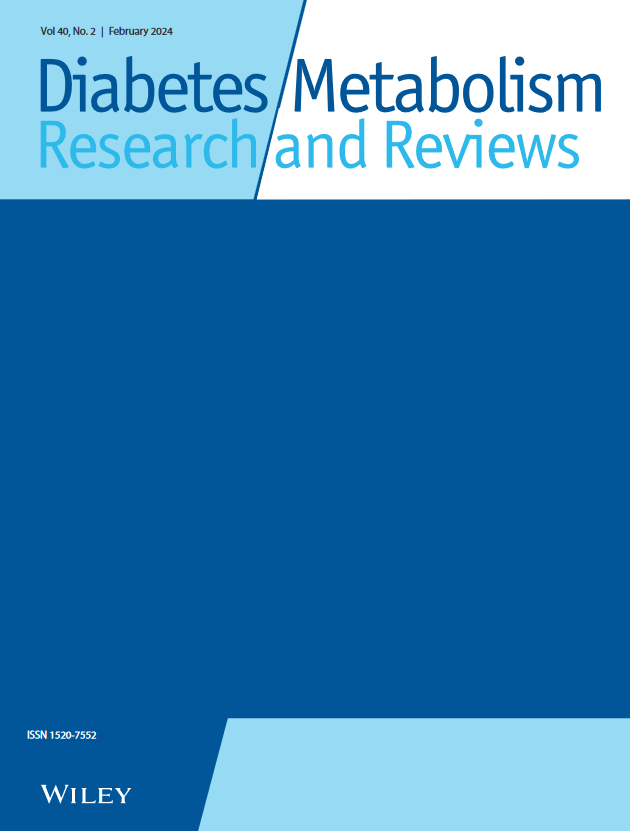Risk of Ischaemic and Non-Ischaemic Heart Failure in People With Type 2 Diabetes: Observational Study in 1.6 Million People in England
Abstract
Aims/Hypothesis
Recent evidence shows decreasing trends for ischaemic heart disease over time in the general population as well as in those with type 2 diabetes. As type 2 diabetes has been associated with an increased risk of both ischaemic and non-ischaemic heart failure, a greater proportion of people with type 2 diabetes could now be presenting with non-ischaemic heart failure phenotypes. We aimed to investigate the risk of incident ischaemic and non-ischaemic heart failure in people with type 2 diabetes.
Methods
We used the Clinical Practice Research Datalink primary care data, linked to hospital and mortality records, to identify newly diagnosed adults with type 2 diabetes between 2000 and 2021, who were matched to up to four people without diabetes by sex, year of birth, and general practice. Ischaemic heart failure was defined as incident heart failure at or following an ischaemic heart disease event; non-ischaemic HF was defined as incident heart failure in the absence of prevalent ischaemic heart disease. We used Poisson and Royston-Parmar models to estimate, respectively, the incidence rates and the hazard ratios (adjusted for sociodemographic and clinical confounders) for ischaemic and non-ischaemic heart failure, comparing people with type 2 diabetes to those without diabetes.
Results
In a cohort of 1,621,090 people (mean age, 60.1 years; 52.8% women; 532,185 with type 2 diabetes), during a median follow-up of 5.8 (interquartile range: 2.6–10.3) years, a heart failure event occurred in 20,016 (3.8%) people with type 2 diabetes (ischaemic: 5046; non-ischaemic: 14,970) and in 29,835 (2.7%) without diabetes (7001 and 22,834, respectively). Age-standardised rates were higher for non-ischaemic (3.18 [95% CI: 3.09–3.27] vs. 2.08 [2.03–2.12] per 1000 person-years in men with type 2 diabetes vs. without diabetes; and 2.47 [2.39–2.54] vs. 1.57 [1.53–1.61], respectively, in women) than ischaemic (corresponding estimates: 1.57 [1.51–1.63] vs. 0.95 [0.92–0.98] and 0.80 [0.76–0.84] vs. 0.46 [0.44–0.48]) heart failure. Comparing people with type 2 diabetes versus those without diabetes, the hazard ratios were larger for ischaemic (adjusted hazard ratio: 1.36 [1.28–1.45] and 1.30 [1.20–1.42] in men and women, respectively) than non-ischaemic (1.12 [1.07–1.16] and 1.10 [1.06–1.14], respectively) heart failure.
Conclusions/Interpretations
The higher rates of non-ischaemic heart failure highlight the need for early prevention before ischaemic heart disease develops, regardless of type 2 diabetes. Meanwhile, the greater excess risk of ischaemic heart failure in those with type 2 diabetes suggests suboptimal post-ischaemic prevention in this group.

 求助内容:
求助内容: 应助结果提醒方式:
应助结果提醒方式:


